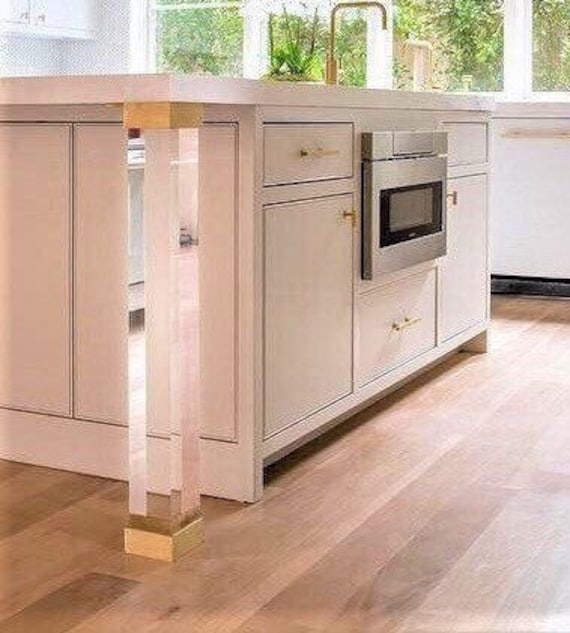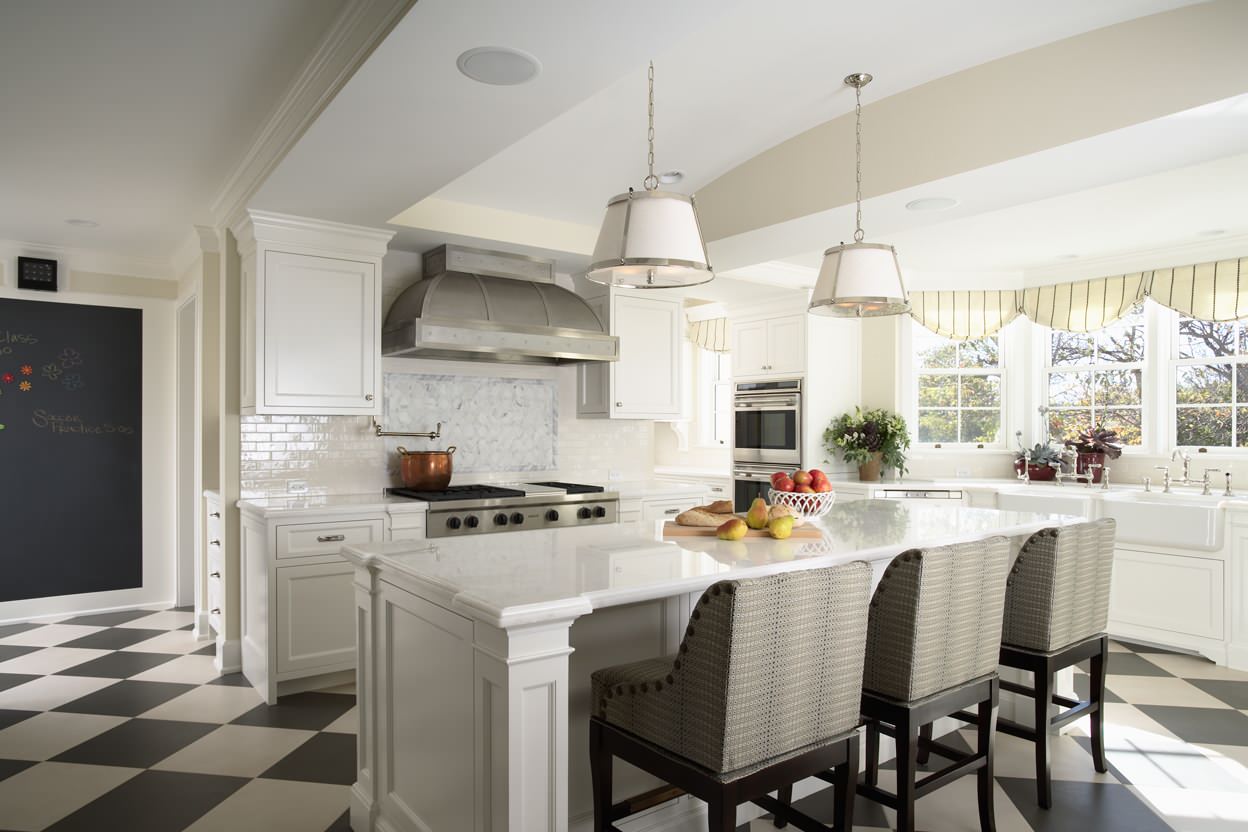A Comprehensive Guide to Choosing the Right Kitchen Island Leg
A Comprehensive Guide to Choosing the Right Kitchen Island Leg
Blog Article
The Relevance of a Sturdy Cooking Area Island Leg in Developing a Useful Cooking Location
A strong kitchen island leg offers as a fundamental element in establishing a useful food preparation environment, supplying essential support for both the countertop and various cooking area activities. As kitchens progress into multifunctional areas for cooking, dining, and interacting socially, the option of materials and layout factors to consider for island legs ends up being significantly important.
Benefits of Sturdy Island Legs
Giving crucial support, durable kitchen island legs play a crucial function in improving the functionality and durability of kitchen area islands - kitchen island leg. These legs not only birth the weight of the counter top and any type of extra things put on the island, however also contribute to the overall security of the framework. A well-supported cooking area island guarantees that it continues to be upright and practical, even under hefty use, which is particularly essential in busy kitchen atmospheres
Furthermore, tough island legs can enhance the visual appeal of the kitchen area. They give a solid structure that can complement various design styles, from modern-day to conventional. This versatility enables property owners to tailor their kitchen islands according to individual taste while making certain that the structural stability stays uncompromised.
In addition to their helpful function, durable cooking area island legs can also enhance safety. A secure island lowers the risk of accidents triggered by tipping or wobbling, which is specifically essential in houses with children or elderly individuals. Furthermore, strong legs can promote a smooth circulation of tasks, allowing for efficient meal preparation and social interactions within the cooking area area. Inevitably, investing in tough kitchen island legs is essential for a practical and visually pleasing cooking location.
Materials for Kitchen Island Legs
When picking materials for cooking area island legs, toughness and visual appeal are crucial factors to think about,. One of the most common products consist of hardwood, steel, and engineered timber, each offering unique benefits.
Wood, such as cherry, oak, or maple, is a traditional selection as a result of its stamina and timeless appeal (kitchen island leg). It can stand up to significant weight and is immune to put on, making it excellent for high-use kitchen area settings. Furthermore, wood can be discolored or repainted to complement numerous kitchen designs
Steel legs, commonly crafted from stainless steel or functioned iron, give a modern and industrial appearance. They are unbelievably strong and can sustain substantial tons while being immune to dampness and warm, which is advantageous in a cooking area. Steel legs can also be quickly cleaned up, enhancing their functionality.

Design Factors To Consider for Stability
The selection of products for kitchen island legs straight influences the style considerations for security. When designing a kitchen island, it is extremely important to assess the weight-bearing capacity of the selected products. Much heavier products, such as solid timber or metal, typically supply greater security, especially under the anxiety of daily usage.
In addition, the leg design have to integrate correct geometry to enhance stability. A wider base enhances the support location, lessening the risk of tipping or wobbling. Consideration must additionally be provided to the height of the legs; disproportionate leg sizes can lead to discrepancy, jeopardizing the overall stability of the island.
In addition, the distribution of weight across the page island is critical. Making sure that the leg positioning straightens with the heaviest components, such as appliances and countertops, will even more boost security.
Upkeep Tips for Longevity

Cleaning is another critical aspect of upkeep. Relying on the material of the legs-- whether timber, metal, or composite-- suitable cleansing approaches should be employed. For wooden legs, a mild clean with a damp cloth and an appropriate timber cleaner will assist maintain their surface. Metal legs may call for a light gloss to stop rust and preserve their gloss.
If the cooking area island experiences hefty use, think about strengthening the legs with additional braces or supports to enhance resilience. By following these upkeep tips, homeowners can guarantee their kitchen island legs continue to be robust and functional for years to come.
Choosing the Right Leg Style
Routine upkeep makes certain that kitchen island legs stay practical and strong, yet choosing the ideal leg style is similarly crucial for both visual appeals and support. The choice of leg style can considerably affect the total layout and consistency of your cooking area.

Capability is an additional vital element. As an example, thicker legs or those with a strong base can sustain much heavier kitchen counters and try these out devices, boosting the island's energy. Alternatively, slim legs may create a ventilated appearance, appropriate for lighter styles however potentially less encouraging.
Final Thought
In recap, the value of tough cooking area island legs can not be overstated in the creation of a functional cooking area. These legs supply essential support, boost security, and add to the total aesthetic of the cooking area. By thoroughly selecting suitable materials and designs, as well as executing appropriate maintenance practices, the longevity and performance of cooking area islands can be ensured. Ultimately, spending in durable island legs is essential to achieving a safe and efficient culinary environment.
A tough kitchen area island leg offers as a fundamental part in establishing a functional cooking environment, supplying required assistance for both the countertop and different cooking area tasks.Providing crucial support, tough cooking area island Related Site legs play an essential role in improving the capability and longevity of kitchen area islands. Inevitably, investing in strong kitchen island legs is crucial for a functional and aesthetically pleasing cooking location.
Consideration must additionally be provided to the elevation of the legs; disproportionate leg sizes can lead to inequality, compromising the general security of the island.
Wooden legs offer heat and a timeless look, while metal legs supply a commercial and modern-day feeling.
Report this page